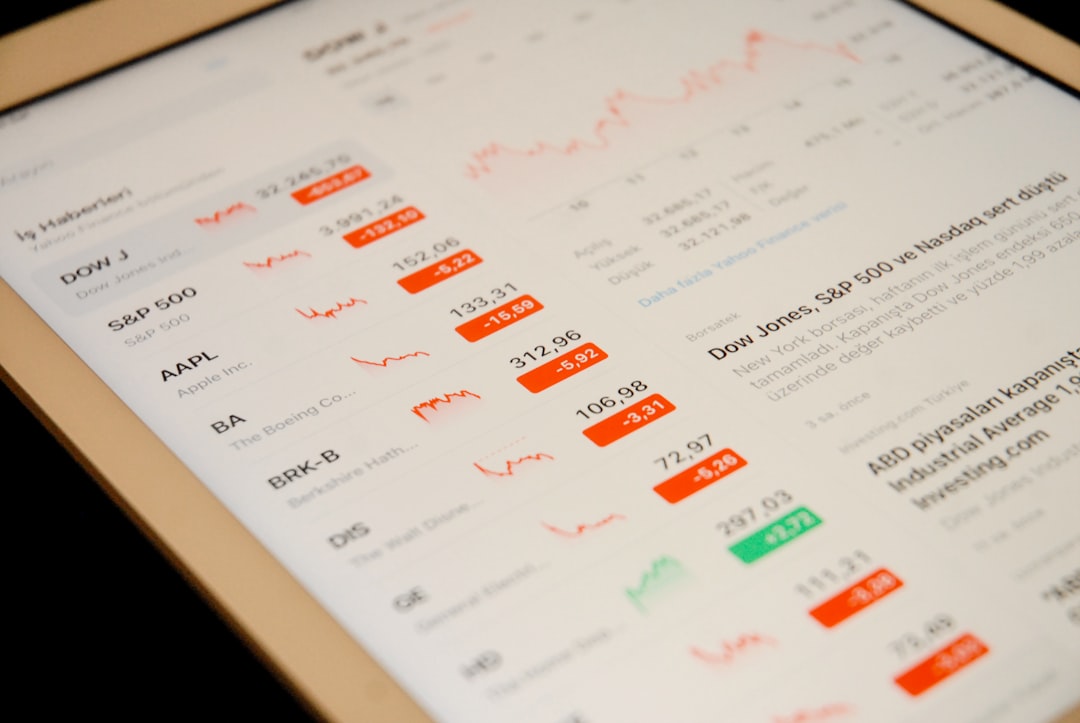For modern People teams juggling recruitment, onboarding, compliance, and employee engagement, time is the most precious resource. That’s where HR automation tools come in. These systems streamline repetitive tasks, reduce human error, and enable HR professionals to focus on more strategic initiatives. But with so many options flooding the market, finding the right tool can be overwhelming.
This practical buyer’s guide is designed for busy HR teams who want a straightforward approach to selecting the best HR automation software for their organization. Whether you’re implementing automation for the first time or upgrading an existing system, this guide will walk you through the essentials—without the fluff.
Understanding HR Automation: What Can Be Automated?
HR automation refers to the use of software applications to perform repetitive HR tasks. Here are just a few areas where automation can make a huge difference:
- Recruitment: Automate job postings, resume screening, and interview scheduling.
- Onboarding: Send welcome emails, assign training modules, and collect paperwork.
- Time and Attendance: Track hours, absences, and PTO requests.
- Payroll: Ensure accurate, timely salary payments and tax filings.
- Employee Engagement: Send automated surveys, feedback forms, and performance reminders.

Key Benefits of HR Automation Tools
HR automation tools free up valuable time and eliminate administrative burdens. But the benefits of automating HR tasks go even further:
- Efficiency: Automation significantly reduces the time spent on manual data entry and administrative work.
- Compliance: Automated tools keep track of legal changes and help maintain proper documentation for audits.
- Employee Experience: Streamlined processes make for a smoother onboarding and day-to-day employee journey.
- Data-Driven Decisions: Collect and analyze data on employee engagement, performance, and retention.
- Error Reduction: Consistency and automation reduce costly mistakes in payroll and compliance.
Step-by-Step Guide to Choosing the Right HR Automation Tool
Not all HR tools are created equal. Here’s a step-by-step approach that makes the selection process manageable, even for the busiest of People teams.
1. Define Your Needs
Begin by identifying which HR functions consume the most time and cause the most friction. Prioritize areas with the highest return on automation, such as recruitment or onboarding. Involve team members in this process—those who handle these tasks daily know exactly where the pain points lie.
2. Identify Must-Have Features
Once you know what problems you’re trying to solve, you can look for features that specifically address those needs. Some critical functions may include:
- Applicant tracking system (ATS)
- Employee self-service portals
- Document management and e-signatures
- Automated communication tools
- Analytics and reporting dashboards
3. Consider Integration Capabilities
If your organization already uses software like Slack, Microsoft Teams, or a payroll system, make sure the HR tool can integrate smoothly. Poor integration limits the value of even the most sophisticated platforms.
4. Evaluate User Experience
Ease of use is crucial. Even the most powerful tool won’t help if your team finds it confusing. Request demos or free trials to assess navigation, intuitiveness, and learning curves. Consider tools that offer mobile access for on-the-go management.
5. Review Pricing Models
HR platforms vary widely in cost. Some charge per user, while others offer tiered pricing. Be clear on what’s included in each package and whether customer support comes at a premium. Factor in any scalability needs based on projected team growth.
6. Read Reviews and Ask for References
Online reviews provide valuable insights from real users. Platforms like G2, Capterra, and TrustRadius offer verified perspectives. Don’t hesitate to ask vendors for case studies or client references from companies of similar size or industry.
7. Prioritize Security and Compliance
Your HR software will handle sensitive data such as social security numbers, direct deposit info, and health details. Verify that any system under consideration complies with relevant data protection laws like GDPR, HIPAA, or SOC 2.

Top HR Automation Tools to Consider
While this guide doesn’t endorse specific vendors, it’s helpful to know who’s making waves in the industry. Here are a few categories and standout tools often recommended by HR professionals:
- All-in-One Suites: BambooHR, Gusto, Zenefits
- Recruiting: Greenhouse, Lever, JazzHR
- Onboarding: Sapling, WorkBright, Talmundo
- Employee Engagement: Culture Amp, Lattice, Officevibe
- Payroll and Compliance: ADP, Paycor, Rippling
Each of these tools has its own strengths and focus areas. Choose one based on the specific priorities and workflows within your HR department.
Implementation Tips for Success
Choosing the right tool is only half the battle—implementation plays an equally important role. Here are some best practices:
- Designate an Internal Champion: Assign someone to lead the rollout and act as the primary contact for the vendor.
- Train Thoroughly: Offer hands-on training sessions for HR staff and employees—don’t rely solely on documentation.
- Start Small: Begin with one or two automated processes and expand from there once your team is comfortable.
- Measure ROI: Establish key metrics (time saved, errors reduced, satisfaction levels) to evaluate success.
HR Automation Myths You Should Ignore
Many People teams hesitate to implement automation due to myths and misconceptions. Let’s debunk a few:
- “It will replace HR jobs.” – In reality, automation handles the repetitive work, freeing HR pros to focus on people-driven tasks.
- “It’s only for big companies.” – Today’s tools are scalable, and many are designed for startups and mid-sized teams.
- “It’s too expensive.” – When you factor in time savings, error reduction, and productivity gains, automation often pays for itself.
Conclusion
HR automation tools are not just a luxury—they’re becoming a necessity for efficient, people-centric organizations. With the right approach and selection criteria, even the busiest HR teams can find a solution that simplifies day-to-day operations and empowers more strategic work. Start small, stay focused on actual needs, and always keep your people at the center of your technology decisions.
Frequently Asked Questions (FAQ)
- Q: What is the biggest advantage of using HR automation tools?
A: The main advantage is time savings. Automating repetitive administrative tasks enables HR professionals to focus on strategic initiatives. - Q: Can small businesses benefit from HR automation?
A: Absolutely. Many tools are designed with small to mid-sized businesses in mind and offer scalable solutions at affordable prices. - Q: How long does it take to implement an HR automation tool?
A: Depending on the complexity and scope, implementation can take anywhere from a few days to several weeks. Basic platforms can be set up quickly. - Q: Are HR automation tools secure?
A: Most reputable vendors prioritize data security and comply with international data protection regulations. It’s important to verify certifications before choosing a tool. - Q: Will automation reduce the need for HR staff?
A: No, it enhances the effectiveness of existing HR staff by eliminating routine tasks, allowing them to focus more on employee development and engagement.
 logo
logo



